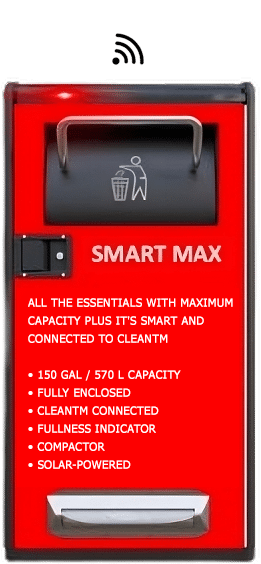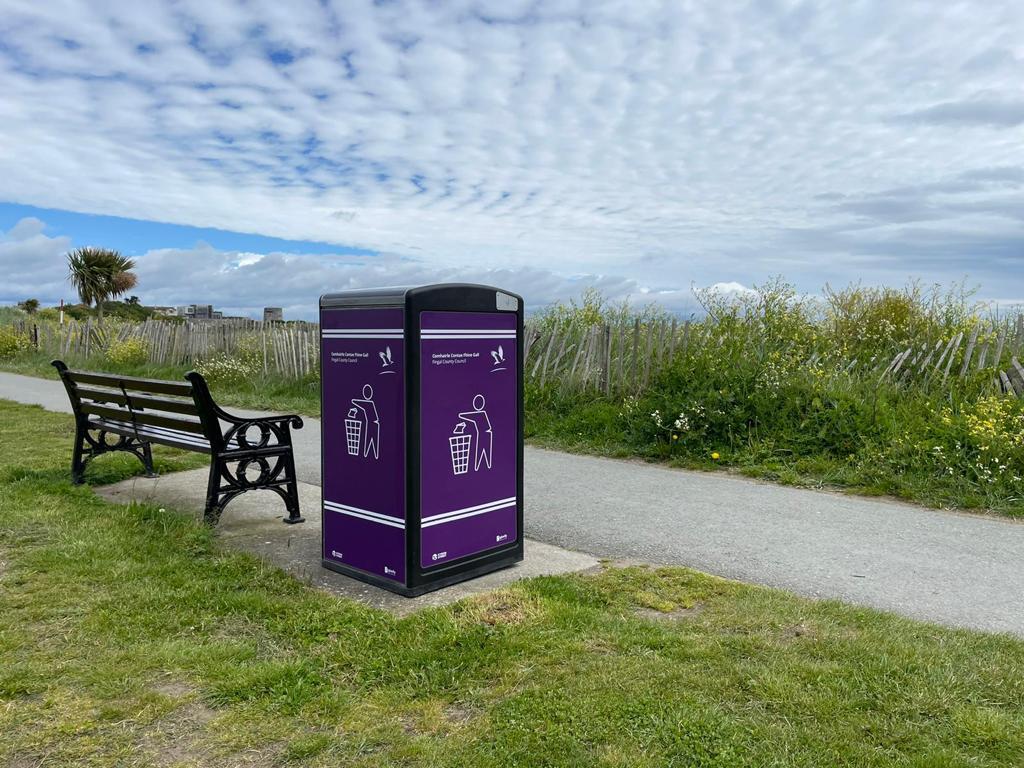Smart Waste Bins (IoT) for Waste Collection
Post EnquiryEmbracing the Future: IoT based Smart Waste Bins for Waste Collection
Have you ever pictured our city’s trash bins equipped with a unique intelligence? Imagine every garbage bin on your street corner, park or mall equipped with a smart waste management system, notifying city workers exactly when it needs to be emptied. Picture a world where smart bins keep the streets clean, eliminating overflowing waste and the resultant mess.
This vision is already a reality. With the integration of the smart waste management system using IoT, Bigbelly is leading the revolution in garbage management systems. This transformative smart waste bin solution is being embraced by municipalities, universities, commercial real estate agencies, healthcare establishments, city centers, shopping avenues, transit points, parks and various public domains in over fifty nations. The advantages of smart dustbins, such as Bigbelly, are evident as they elevate the urban living experience. Dive into the world of smart city waste management and experience the Bigbelly difference.
Smart IOT Waste Collection Solution Details:
Bigbelly’s cloud-based solution gathers, consolidates, and analyzes data from smart and connected stations, providing real-time alerts, live status, and historical reports that help optimize operations and beautify public space.
- No continuous power supply needed; works on solar power.
- Compacts waste.
- Notifies the server when it is full.
- The design of the bin makes sure of no waste spillage.
- Public announcements and ads can be posted on all sides.
Bigbelly’s all in one waste solution starts here
Adaptable Waste & Recycling Units:
We offer a diverse range of bins that come with a myriad of features: different trash interfaces, fullness indicators, CLEAN™ technology, compaction mechanisms, bespoke designs, and much more. Multi-stream kiosk configurations are also available.
Cutting-Edge Cloud based Software:
Our CLEAN™ Management Console is a potent software platform, granting users timely and practical data, assisting in the effective management of communal waste.
Data at Your Fingertips:
With our automated email alerts and the CLEAN™ mobile application compatible with both iOS and Android, you can access critical insights whenever and wherever you need them.
“There’s a Bigbelly for Every Space”
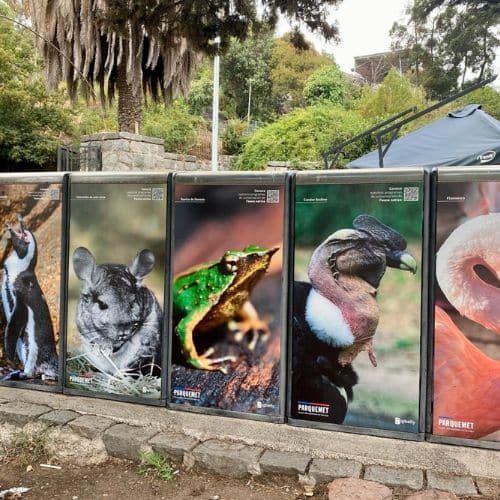
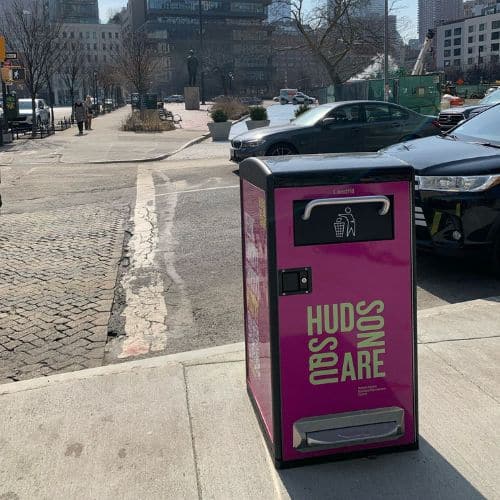
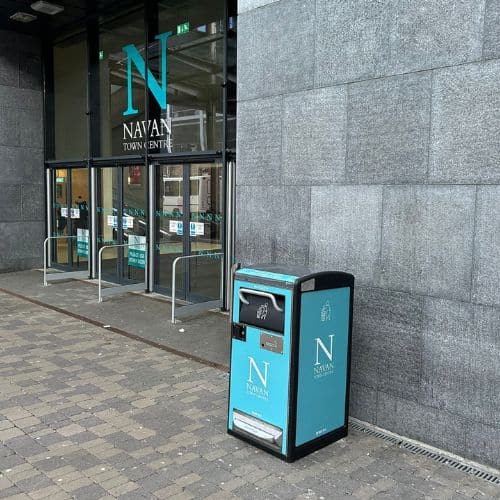
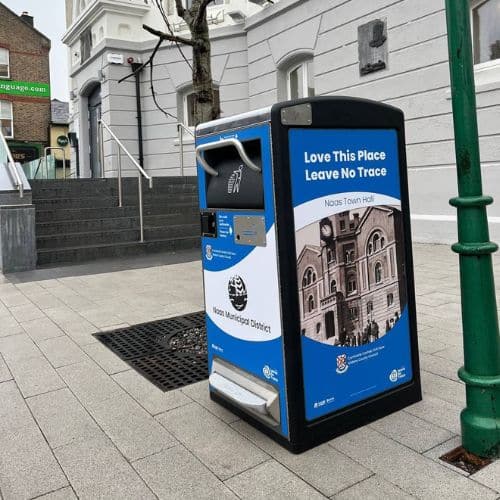
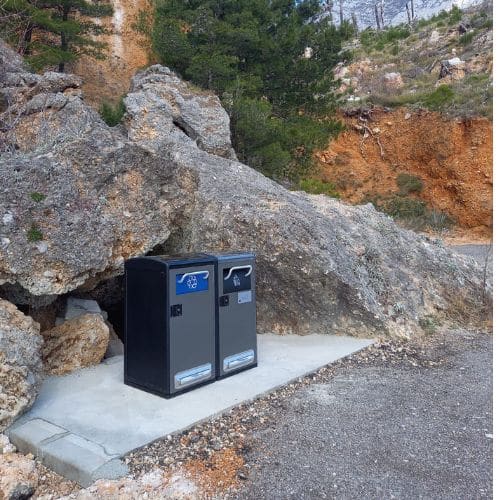
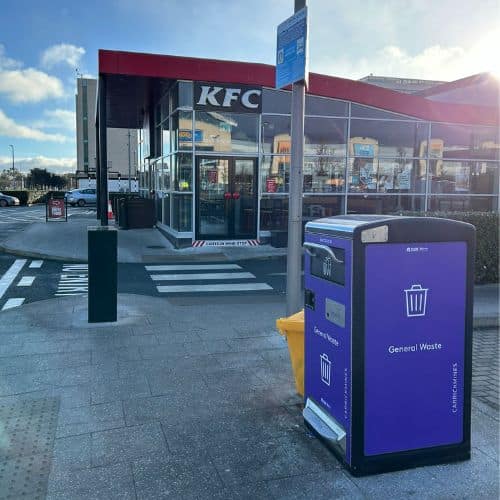

Meet the Suite of Bigbelly Bins
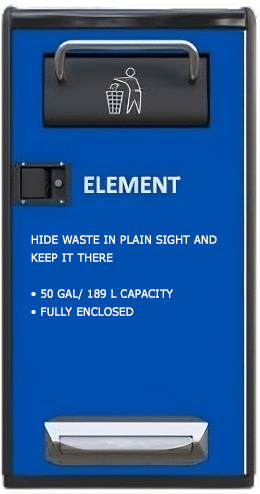
Bigbelly Element
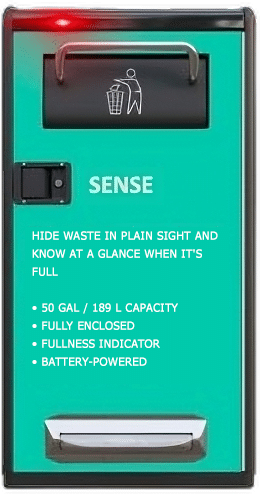
Bigbelly Sense
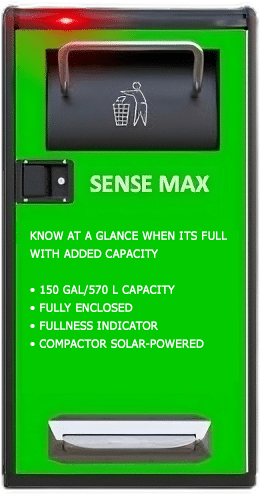
Bigbelly Sense Max
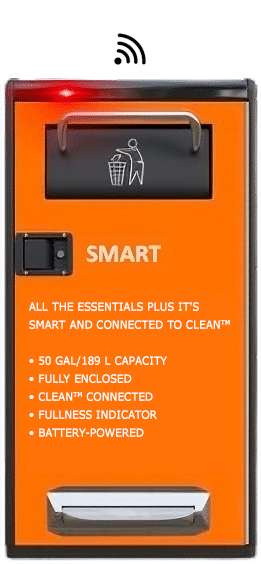
Bigbelly Smart
